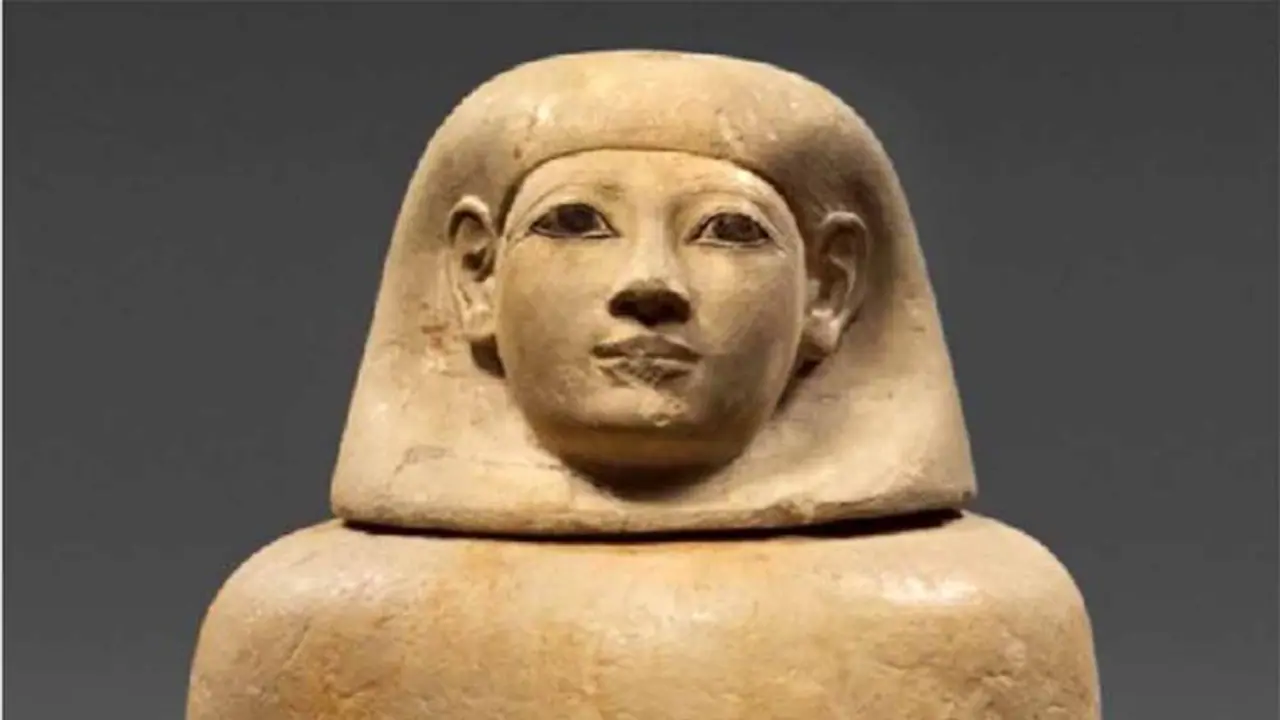Scientists at the Max Planck Institute recreate the ancient scent used in the mummification of an Egyptian woman named Senetnay, shedding light on the meticulous and diverse embalming practices of the time.
Researchers at the Max Planck Institute have successfully recreated a centuries-old scent used in the mummification process of a prominent Egyptian woman more than 3,500 years ago. According to a report in The Guardian, scientists have recreated a particular scent named the 'scent of eternity' or 'the scent of life' that was used during the mummification of a woman named Senetnay, whose role in Egyptian society was that of a wet nurse and the title "Ornament of the King."

To accomplish this, scientists from the Max Planck Institute of Geoanthropology in Germany examined substances extracted from six different balm samples originating from two jars that once contained Senetnay's lungs and liver. These samples contained a complex mixture of ingredients, including beeswax, plant oil, fats, bitumen, Pinaceae resins, a balsamic substance, and tree resin, all of which contributed to the unique aroma employed over 3,500 years ago.
The recreation of this ancient scent involved a meticulous series of scientific procedures, with chromatography playing a crucial role. Remarkably, scientists successfully replicated the fragrances using only the residual organic remnants found at the base of the empty jars.
Notably, the study revealed that different scents were utilized in the embalming process based on an individual's societal role.
Barbara Huber, the lead author of the study and a doctoral researcher at the Max Planck Institute of Geoanthropology in Germany, emphasized the sophistication and care evident in the composition of Senetnay's balms. She stated, "The embalming ingredients found in Senetnay's balms are among the most elaborate and diverse ever identified from this period, revealing the meticulous care and sophistication with which the balms were created."
Huber further noted, "The presence of such a vast array of ingredients, including exotic substances like dammar or Pistacia tree resin, indicates that extremely rare and expensive materials were used for her embalming. This points to Senetnay's exceptional status in society."
Collaborating with the researchers, French perfumer Carole Calvez played a crucial role in recreating this ancient scent, which will soon be presented at Denmark's Moesgaard Museum. Notably, an inscribed model jar dedicated to Senetnay is already on display at the Metropolitan Museum.
The research team aspires to offer an "immersive, multisensory experience" to museum visitors, thereby bridging the gap between the mysteries of Ancient Egyptian mummification and the modern world.
Dr. William Tullett, an expert in sensory history at the University of York, who was not involved in the project, highlighted the unique perspective of scents in ancient Egypt. He remarked to The Guardian, "To our noses, the warm, resinous, pine-like odours of larch might be more reminiscent of cleaning products, and the sulphurous scent of bitumen might put us in mind of asphalt. But for Egyptians, these smells clearly had a host of other meanings related to spirituality and social status."
